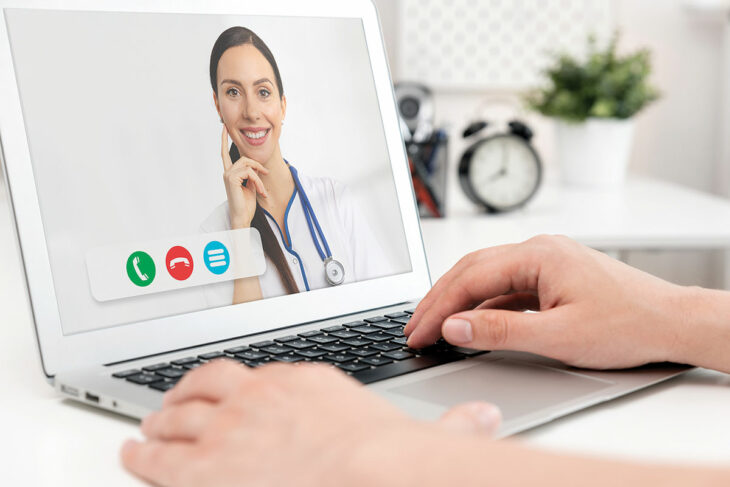The COVID-19 crisis will end eventually — but the way health care is delivered likely has changed for good.
Some lawmakers have called telehealth the “silver lining” of the pandemic — expanding access to underserved areas and connecting patients to doctors via online platforms and phones. Convenience, safety and more frequent contact are just some of the benefits.
“A great thing about telehealth is that it drastically improves access to quality healthcare by eliminating certain barriers, like mobility, transportation issues, etc.,” says Chas C. Pierce, vice president, system development, at Memorial Hospital.
Pierce says Memorial went from doing very few telehealth visits before COVID-19 to averaging around 5,000 a month.
“In 10 years, we expect 20 percent of our outpatient visits to be done virtually with Telehealth,” he adds. “Previously, that number was less than 1 percent.”
And patients seem to approve. A study by RepuGen, a reputation management platform for the healthcare industry, found that patient satisfaction with telehealth visits was higher than compared to office visits for family practice, gynecology and urgent care. In the pediatrics and podiatry categories, the telehealth and office visits scored the same.
The trend toward telehealth shows no signs of slowing down. Pierce says Centers for Medicare & Medicaid Services (CMS) has reduced or suspended many of the barriers that made telehealth difficult and inefficient. Also, hundreds of hospitals and health care centers nationwide are growing their telehealth infrastructure thanks to a $200 million appropriation from Congress for the Federal Communications Commission.
“So now the gates have been opened for telehealth,” Pierce say, “and I don’t believe there is any way we can go back to the restrictions we had in place prior to COVID.”
The next wave of telehealth, according to Pierce, likely will be in remote patient monitoring and remote delivery services. He expects that patients will be supplied devices to capture their vitals and other important data — allowing health care professionals to monitor it remotely. Drones have the potential to revolutionize delivery, he adds, bringing medications and essential equipment directly to patients’ doorsteps.
Telehealth may be growing quickly, but it has its limitations — so don’t think office visits are a thing of the past.
“As good as this is, it does not completely replace the need for in-person assessments by providers,” Pierce says. “There will always be a need for that.”


